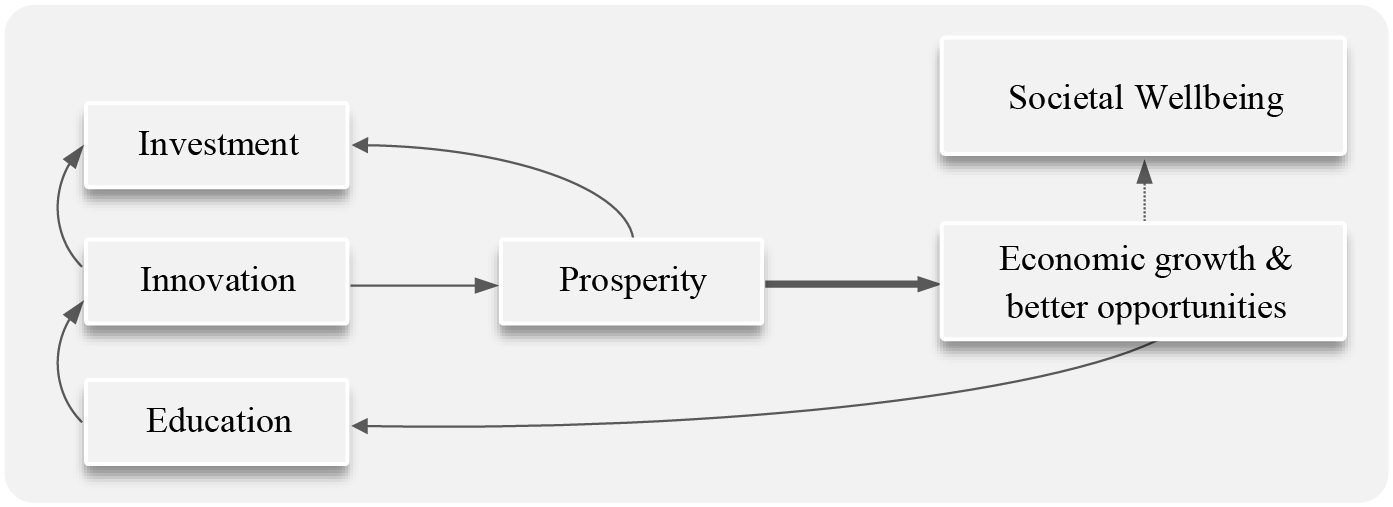46 countries, accounting for 14% of the global population, are designated as Least Developed Countries (LDC) …
the “poorest” and “most vulnerable” nations in the world1. The list includes Ethiopia. The UN has organized its 5th decennial conference in Doha, Qatar this week. LDCs will benefit from every bit of help they can get.
Is the UN serious about supporting these countries transform themselves into resilient and sustainable economies? Are LDC governments serious about changing course? Is Ethiopia serious about attaining ‘prosperity’? I believe the answer to these questions is “yes” ---an emphatic yes. But the proof will be on what the UN/international partners and LDCs prioritize.
 The sure way to get to sustainable prosperity is through transforming the higher education system. This will ensure LDCs acquire the required critical mass of educated workers to shoulder and sustain the huge human development need in these countries.
The sure way to get to sustainable prosperity is through transforming the higher education system. This will ensure LDCs acquire the required critical mass of educated workers to shoulder and sustain the huge human development need in these countries.
While higher education is expanding with increasing number of graduates, the investment in it so far has been minuscule and untargeted. There is a need for a new investment paradigm … an “Investment-for-Innovation-Paradigm”2.
There should be a purposeful investment with a clear path towards innovation and development. For example, every year in Ethiopia, at least 1000 chemists graduate. And similar number of biologists, physicists, and engineers. Yet, the country has not been spared from importing virtually all its essential medicines or essential chemicals. How much value is added in the extractive industry? Why is Africa still under the burden of neglected tropical diseases without a clear prospect of eradication?
There is a need to make drastic changes in the higher education system. Commitment of partners expressed through events such as the LDC5 and through concrete actions can help a great deal. In relation to higher education, we suggest the following:
First, targeted investment should focus on transforming higher education institutions into innovation institutions.
Secondly, development partners must invest in helping LDCs transform their higher education and vocational training systems. While finance is important, the major assistance needed is in constructing the path to innovation. Planners, trainers, mentors, and infrastructure are all critical elements and must be part of the support package.
Thirdly, governments should expect more from their higher education institutions. Along with investment, strong accountability mechanisms must be put in place. Governments cannot afford to be distant or allow excuses.
Finally, LDC governments should transform their innovation ecosystem. This should include the innovation development, quality assurance, intellectual property protection and marketing systems.
Partnership is a critical tool for attaining the Sustainable Development Goals (SDGs). The LDC5 is an important indicator of the goodwill of the global community to partner with LDCs to achieve SDGs. However, for partnership to have meaningful impact on LDCs, it cannot be framed as a business partnership alone, as seems to be the case in the SDG implementation plan. A different incentive mechanism for partnership with long-term goals must be envisaged. Partnerships should empower LDCs and offer the required choice, freedom, and autonomy to allow them to have active role in the global economy and human development3.
Is the UN and other partners serious about assisting LDCs meet the SDG targets by 2030? Then, they should prioritise providing holistic support for higher education. Without such support, the world will have to wait a new global development agenda to achieve sustainable human development.
____________________________________________________________________________________________________
- United Nations. LDC5: From potential to prosperity. Available at https://www.un.org/ldc5/
- Fekadu A, Makonnen E, Abayneh A, et al. COVID-19 two years on: Four fundamental lessons to curb future pandemics in Africa. EMJ 2022 (Supplement 1): 4-10
- Fekadu A, Assefa E, Tesfaye A, et al. Towards effective and sustainable global academic partnerships through a maturity model informed by the capability approach. Globalization and Health 2021, 17(1):1-7

